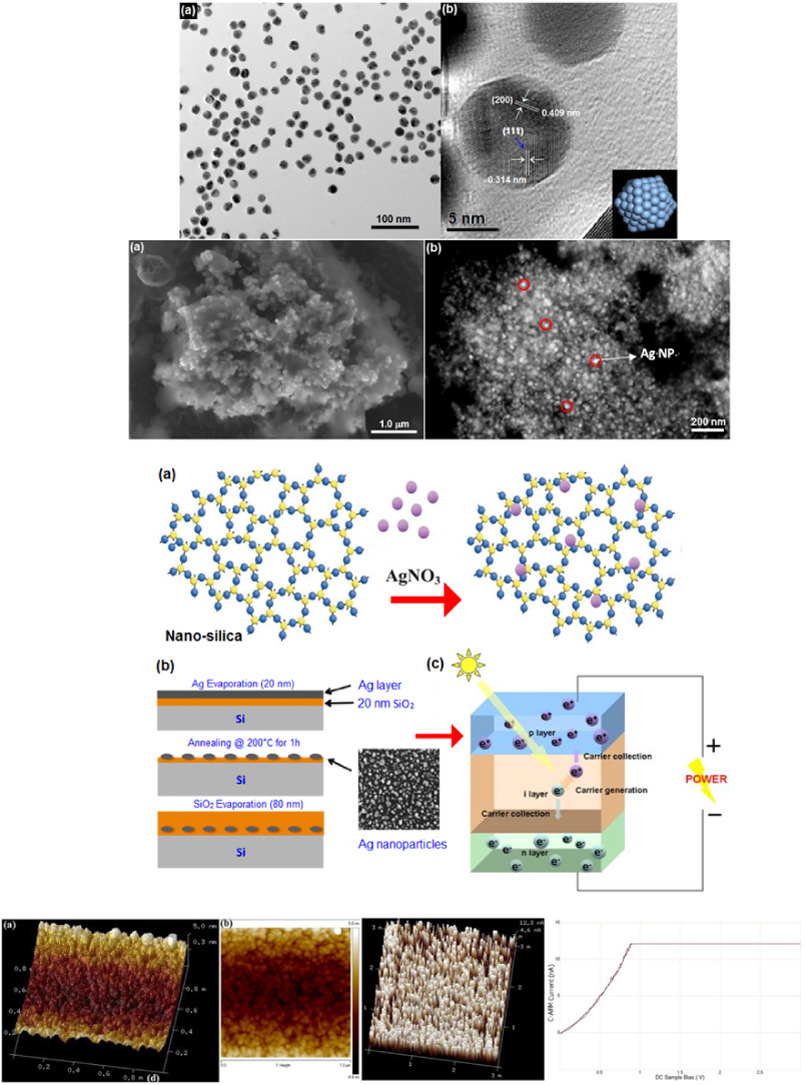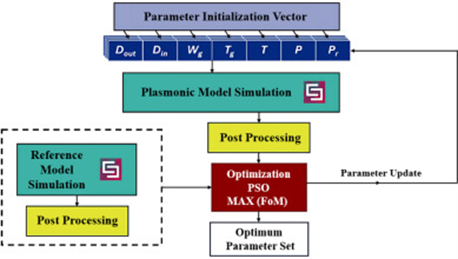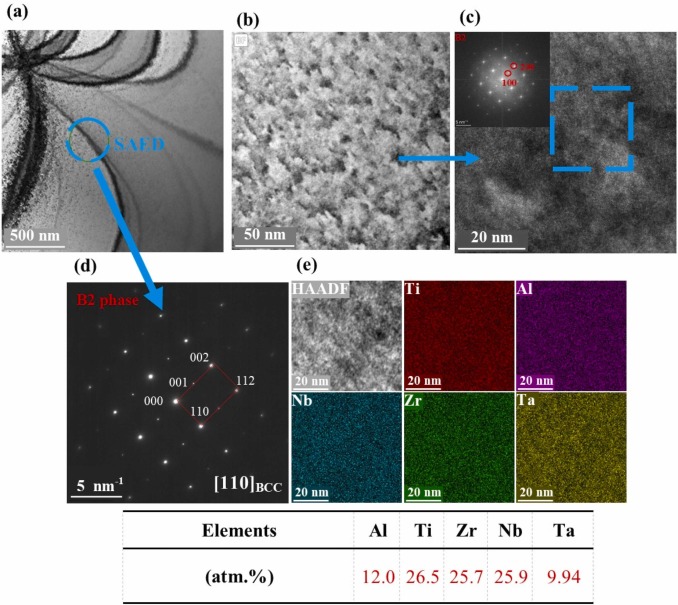

Aggrandize efficiency of ultra-thin silicon solar cell via topical clustering of silver nanoparticles
A highly efficient photovoltaic nanocomposite device is demonstrated by fabrication of structural clusters of silver nanoparticles (Ag NPs) on silicon solar cells via a boil deposition method. The efficiency of silicon solar cell was augmented by coating Ag NPs ultra-thin-film deposition on silicon solar cell. Chemically synthesized silver NP's, their consumption on a silicon thin layer and the operation of photovoltaic nanocomposite device were characterized by using several electron probe microscopic pectroscopic and spectrometric techniques viz. x-ray diffraction (XRD), scanning electron microscopy (SEM), high resolution transmission electron microscopy (HR-TEM), Photoluminescence, UV–visible absorption, dielectric, current vs. voltage (I∼V) and capacitance vs. voltage (C∼V) characteristics. Poly-dispersed nature of ‘Ag’ nanoparticles established the anisotropy of these NPs when coated on silicon solar cells. Their efficiency enhancement was confirmed from HR-TEM image via time-domain finite-difference technique to deliberate the particle distribution effect on an ultra-thin film of silicon solar cell, indicating the sufficient enrichment in the efficiency of solar cell. Furthermore, the current work explores the developement of novel glass frits for utilization in next generation of high efficiency smart solar cells. © 2018 Elsevier B.V.



